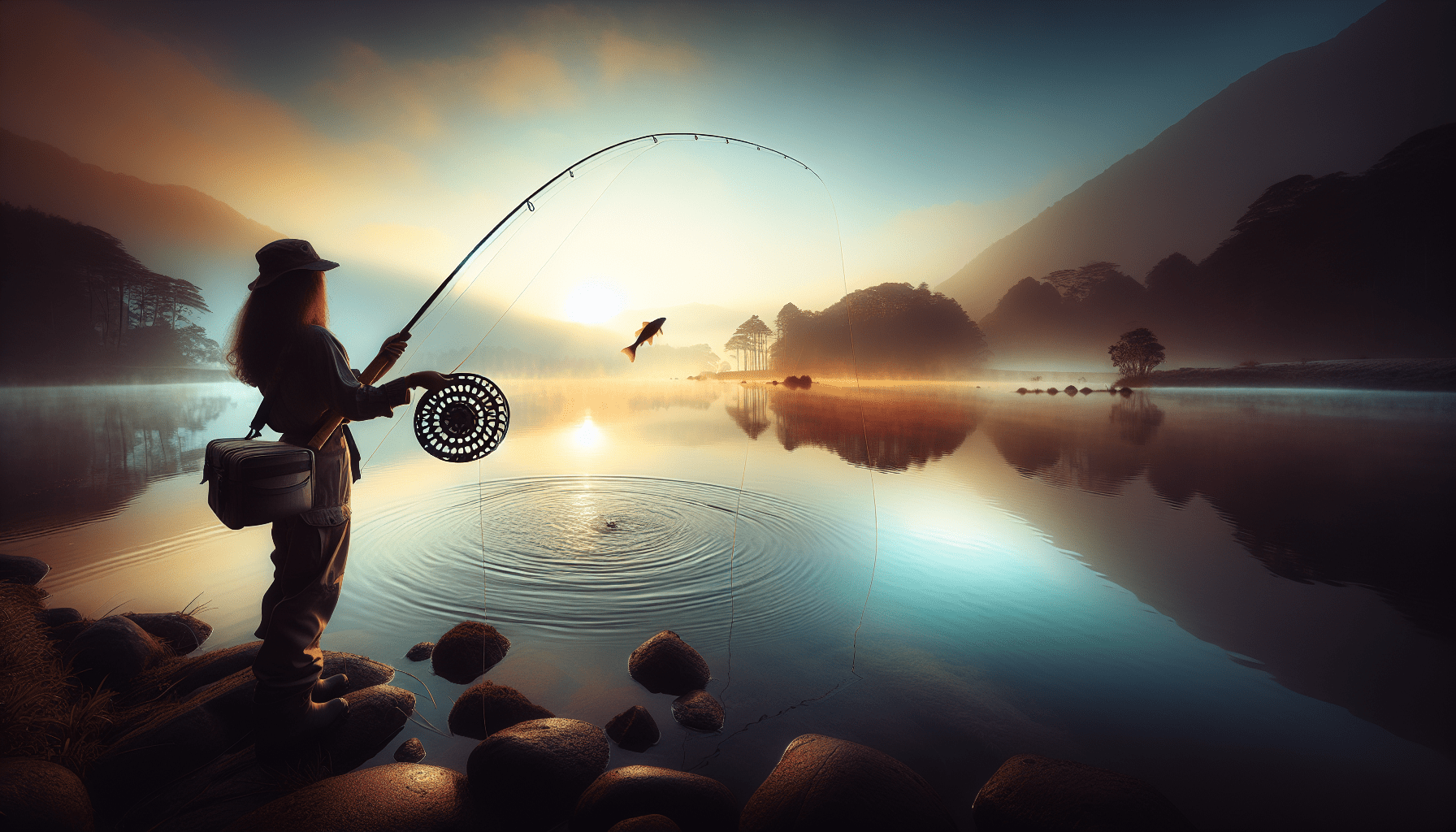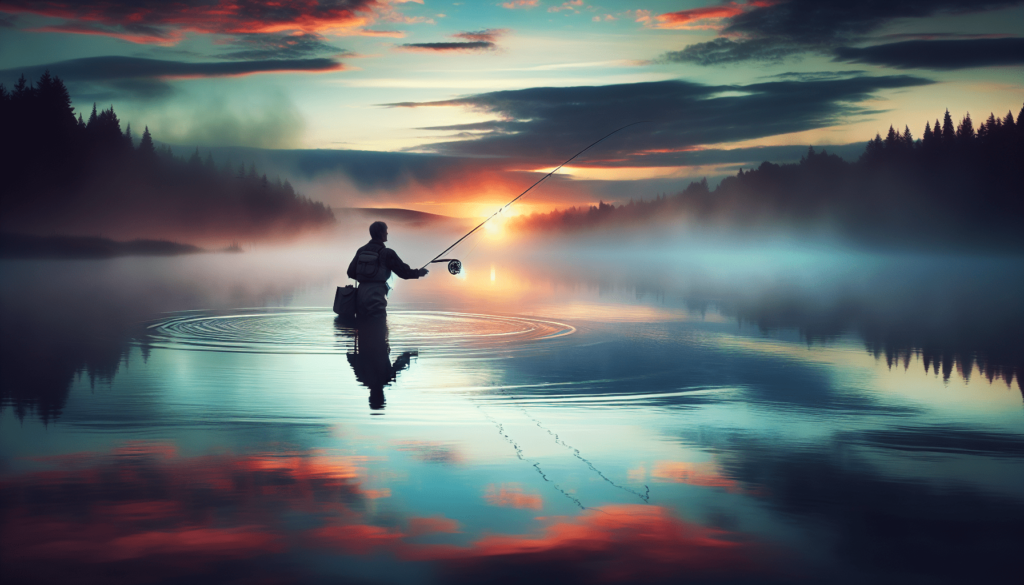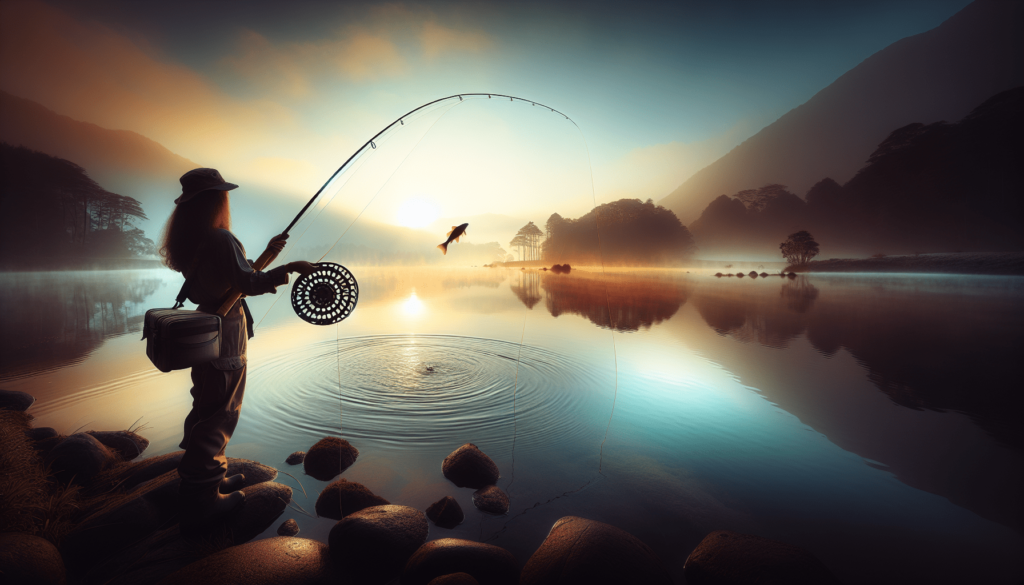
Welcome to the world of fly fishing! If you’re wondering about the best temperature for optimal fly fishing conditions, you’re in the right place. Finding the perfect temperature can make a significant difference in your fishing experience, so let’s explore the ideal conditions for a successful outing.
Understanding the Relationship Between Temperature and Fly Fishing Success
Have you ever wondered how the temperature impacts your chances of a successful fly fishing trip? Understanding the relationship between temperature and fly fishing success can help you make the most out of your time on the water.
Factors That Affect Fish Behavior in Different Temperatures
When it comes to fly fishing, the temperature of the water plays a crucial role in determining the behavior of the fish. Warmer water temperatures can increase fish activity, while colder water temperatures can slow down their metabolism. By understanding these factors, you can adjust your fishing strategy accordingly.

Ideal Water Temperatures for Different Types of Fish
Different types of fish have different temperature preferences. For example, trout thrive in colder waters, while bass prefer warmer temperatures. Knowing the ideal water temperatures for the fish you are targeting can significantly increase your chances of a successful fishing trip.
The Best Temperature Ranges for Productive Fly Fishing
So, what is the best temperature for fly fishing? While the answer can vary depending on the type of fish you are targeting, there are some general temperature ranges that are considered ideal for productive fly fishing. Let’s break it down for you:
| Fish Species | Ideal Temperature Range |
|---|---|
| Trout | 50-65°F |
| Salmon | 45-55°F |
| Bass | 65-80°F |
| Pike | 55-65°F |
| Crappie | 60-70°F |

Tips for Fishing in Extreme Temperatures
Fishing in extreme temperatures can be challenging, but with the right strategies, you can still have a successful outing. Here are some tips for fishing in extreme temperatures:
- In hot weather, fish early in the morning or late in the evening when the temperatures are cooler.
- In cold weather, focus on fishing in areas where the water is slightly warmer, such as near underwater springs or tributaries.
- Dress appropriately for the weather conditions to ensure your comfort and safety while fishing.
Monitoring Water Temperatures for the Best Results
One of the best ways to determine the ideal temperature for fly fishing is to monitor the water temperatures in the area you plan to fish. You can use a thermometer specifically designed for fishing or access real-time water temperature data through online sources or fishing apps. By keeping track of water temperatures, you can make informed decisions about when and where to fish for optimal results.
Adapting Your Fly Selection Based on Water Temperature
In addition to adjusting your fishing strategies, it is essential to adapt your fly selection based on the water temperature. Different flies are more effective in specific temperature ranges, so having a variety of flies in your tackle box can increase your chances of enticing fish to bite. Experimenting with different fly patterns and sizes can help you determine what works best in varying water temperatures.
The Impact of Air Temperature on Fly Fishing Success
While water temperature plays a significant role in fish behavior, air temperature can also influence your fly fishing success. Fish are cold-blooded creatures, meaning their body temperature is determined by the temperature of the water surrounding them. Therefore, changes in air temperature can affect the overall water temperature, subsequently impacting fish activity. Paying attention to both air and water temperatures can help you plan your fishing trips strategically.
Seasonal Considerations for Fly Fishing Success
Seasonal changes can have a profound impact on water temperatures and fish behavior, making it essential to adjust your fly fishing strategies accordingly. Here is a breakdown of seasonal considerations for fly fishing success:
-
Spring: As water temperatures begin to rise, fish become more active, making it an excellent time for fly fishing. Look for trout in shallow waters and near hatching insects.
-
Summer: In hot summer months, fish tend to seek cooler waters, such as deep pools or shaded areas. Early mornings and late evenings are ideal for summer fly fishing.
-
Fall: As water temperatures start to cool down, fish become more active in preparation for winter. Concentrate on fishing in areas with ample food sources for fish to feed on.
-
Winter: Cold winter temperatures can slow down fish metabolism, making it challenging to catch fish. Focus on fishing in slower-moving waters and use smaller, more natural-looking flies to entice fish in cold conditions.
Conclusion
In conclusion, the best temperature for fly fishing can vary depending on the type of fish you are targeting and the environmental conditions you are facing. By understanding how temperature impacts fish behavior, adapting your fishing strategies accordingly, and monitoring water temperatures, you can enhance your chances of a successful fly fishing trip. Remember to consider seasonal changes, adapt your fly selection based on water temperature, and be patient and persistent in your pursuit of that elusive catch. Happy fishing!